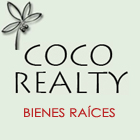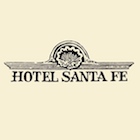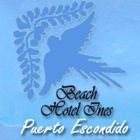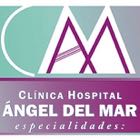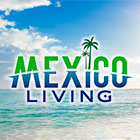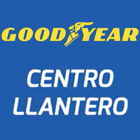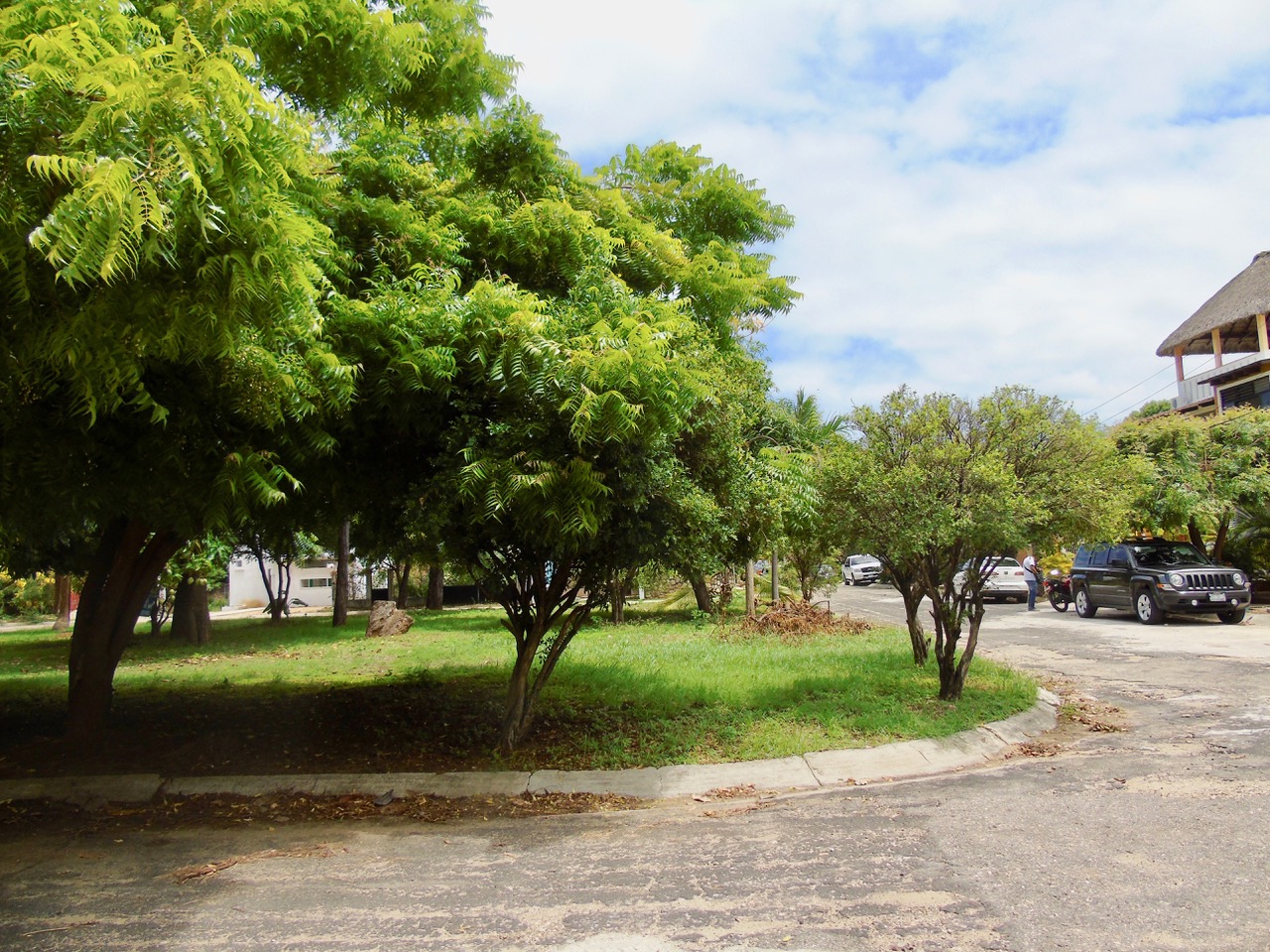
Bacocho – Puerto’s Oldest Subdivision
Before I’d ever been to Bacocho I knew I wouldn’t want to live there. The assumption that just because I was a foreigner I would naturally live in a “gringo” neighborhood was insulting to me. So, for a year, while I looked for a property to build on, I refused to see anything there. Of course, I wound up living in Bacocho.
Bacocho is not especially picturesque, it could be a middleclass neighborhood anywhere in Mexico or even southern California. But neither is it just an enclave of wintertime residents. In my part of Bacocho, at least, there are as many single-story houses as there are two-story ones with roof-top palapas. My neighbors are Mexicans who live and work here all year round and send their children to the local private schools.
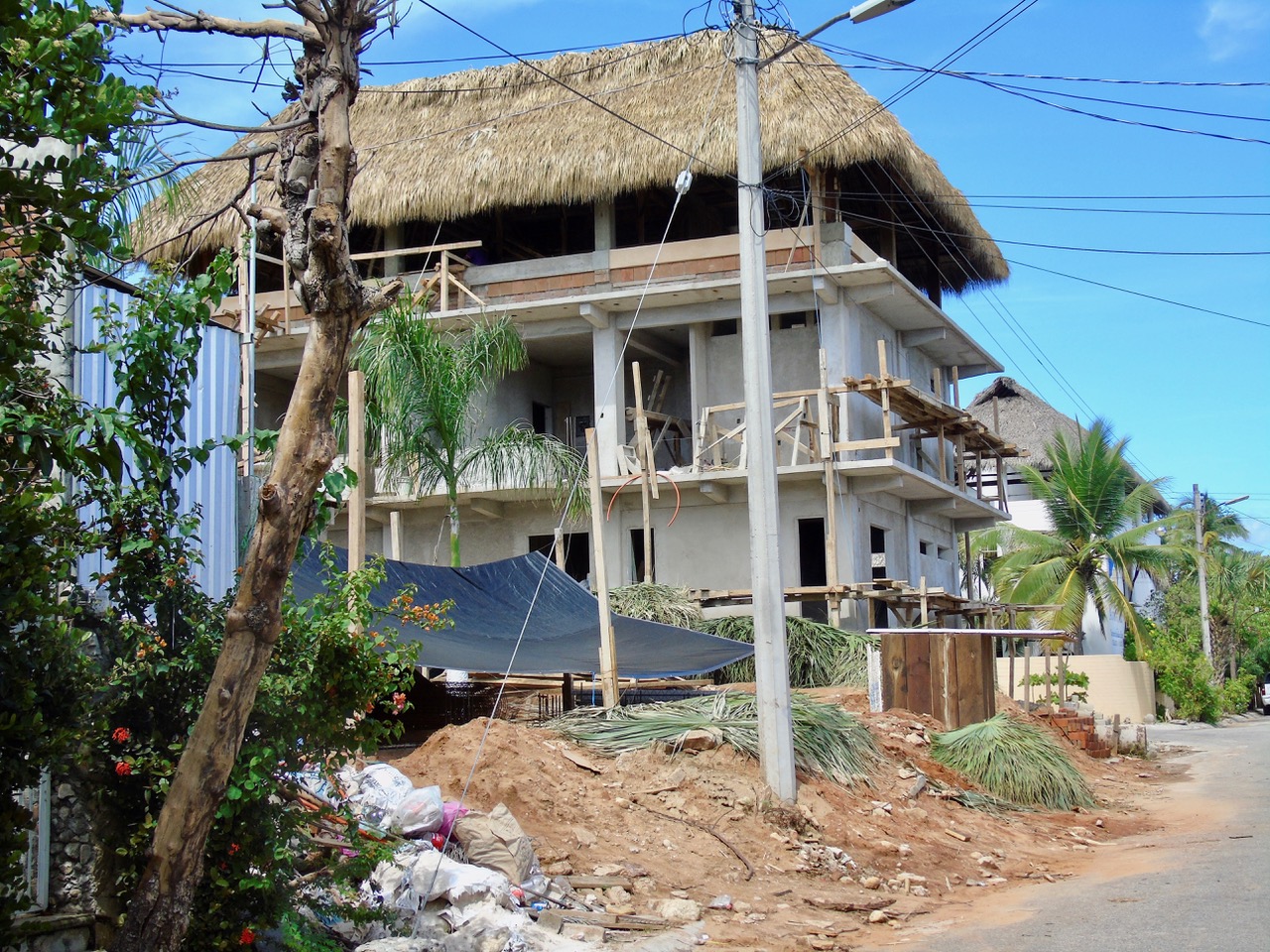
Developed by Fonatur (Fondo Nacional de Fomento al Turismo), in 1975, Bacocho is the oldest fraccionamiento (subdivision) in Puerto. A fraccionamiento, as opposed to a colonia, is a planned residential community where streets are paved and utility lines installed before lots are sold. At the time, it was a major attraction for local residents who had never seen paved streets before.
The 54-hectare, subdivision has over 700 lots, each measuring around 10 x 30 meters. The first buyers were investors from Mexico City and Oaxaca who were in no hurry to build. Fonatur responded by constructing 24 two and three-bedroom houses, some of which are still occupied by their original owners. The houses are real gems that have withstood over 30 years of earthquakes and hurricanes with nary a scratch. All the rooms have hardwood closets and cabinets. Where the two sides of the vshaped tiled roof meet there is a vent that allows air, but not rain, to enter. But these houses were not cheap. In 1984, a new, 3-bedroom house, on a 312 square-meter lot, cost the peso equivalent of $42,000 U.S.
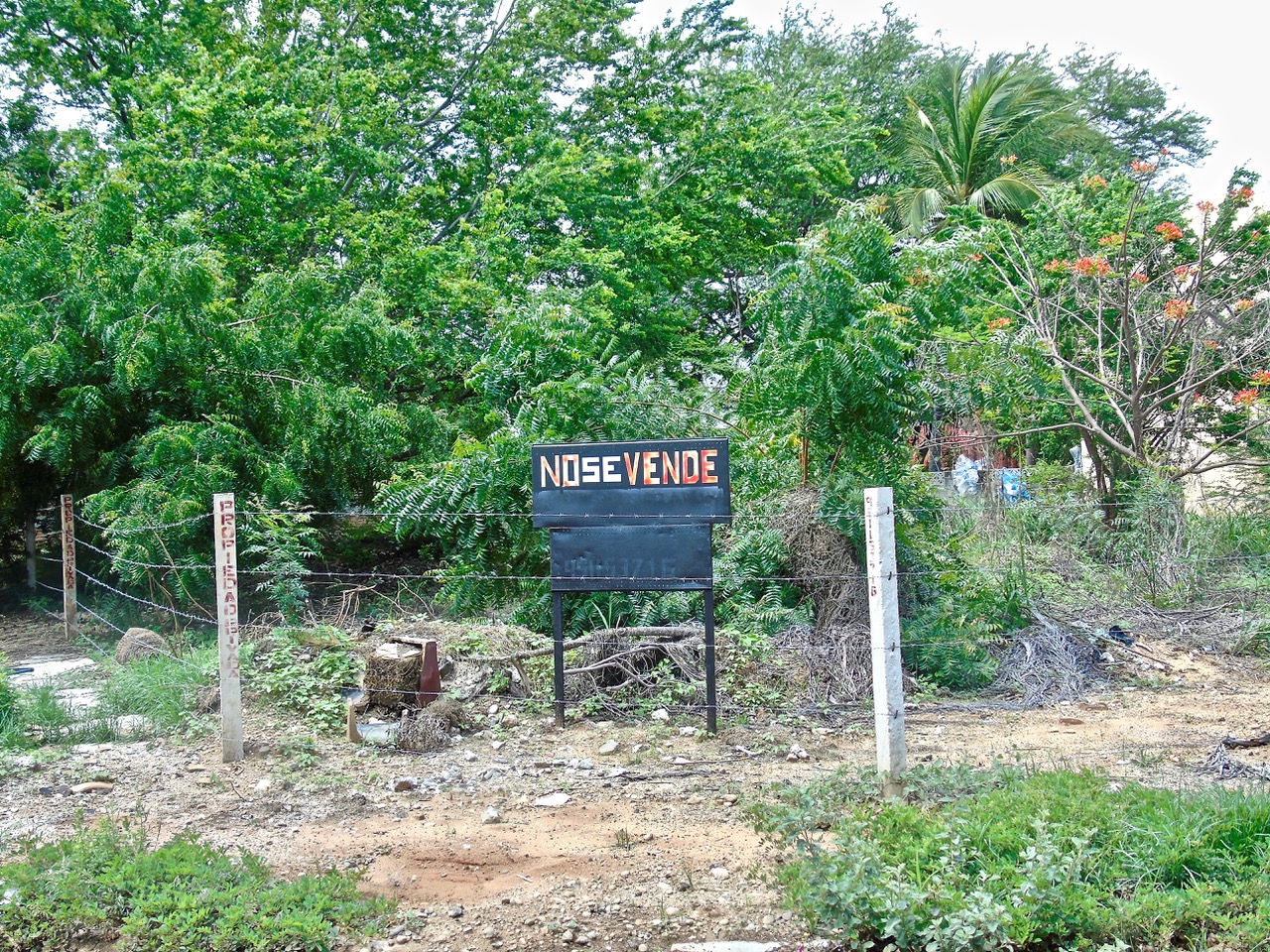
Only around 200 lots were sold between 1975 and 1980. A lot in 1980 cost the peso equivalent of $7,500 U.S. There are still many vacant lots, but all are owned by investors.
Just because a lot is vacant does not mean that it is for sale, and even if it is for sale, that does not mean it is priced to sell. There is, however, a construction boom going on in the neighborhood, mostly of houses and apartments to be rented through Airbnb. This in turn has led to new shops and restaurants opening up on Blvd. Benito Juárez (the Rinconada).
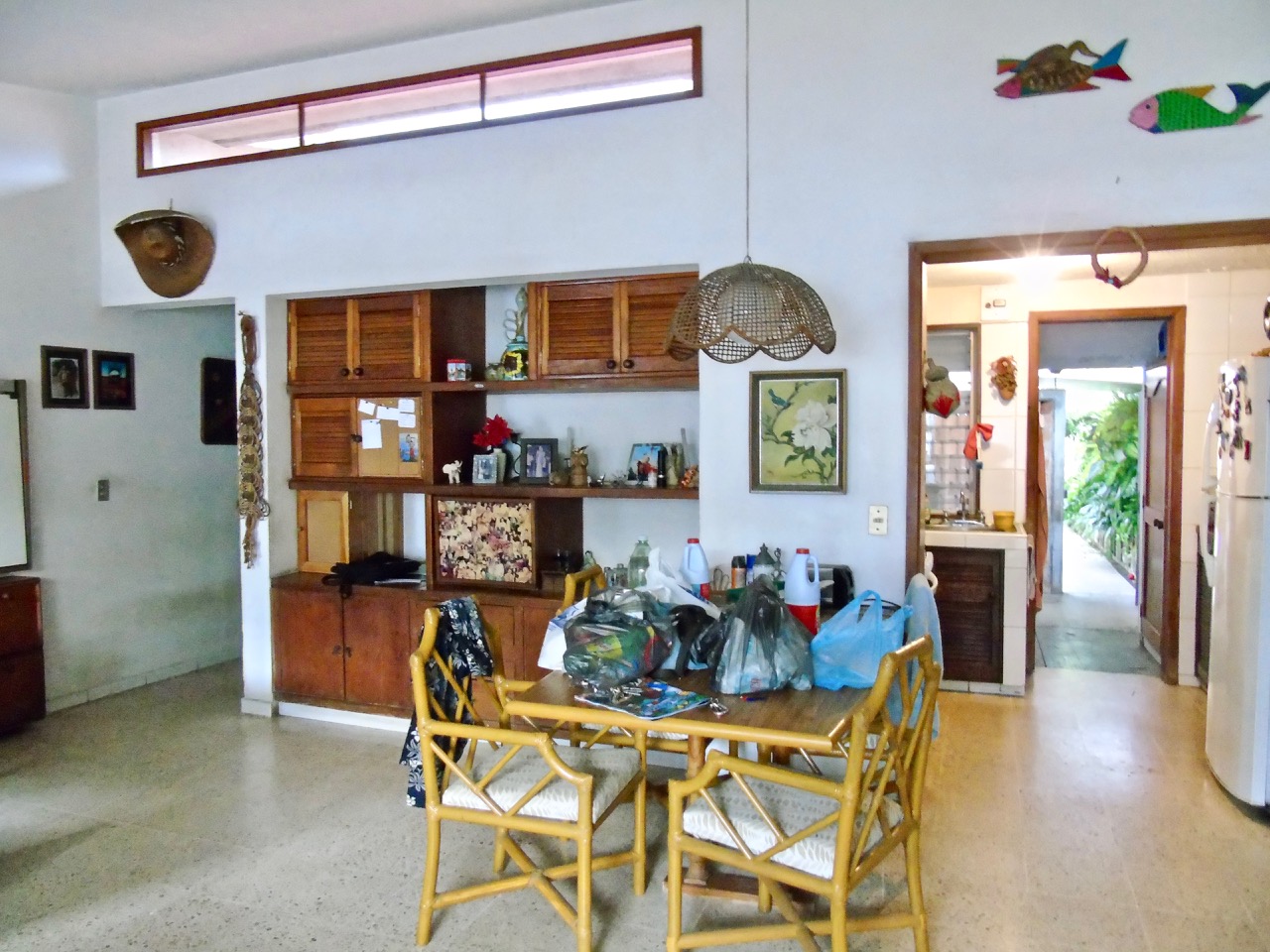
Bacocho was designed to attract the professional people — doctors, lawyers, business owners, etc. — who were needed to make Puerto succeed as a “tourist platform”. The original plan included a shopping mall on calle Guelatao. It was not meant to accommodate tourists, outside of the hotel zone. But Americans and Canadians were early buyers and renters.
Round-abouts (retornos) built around small parks are a signature feature of Bacocho. There are eight Retornos, but they are numbered from 1 to 17. House numbers are totally random. You get to choose your own, regardless of your neighbor’s. When I registered my building plans with the municipality, I asked what my street number was. Whatever you want it to be, I was told. According to the title, my property is Lot 1 of Block 2 of Super Block 1. This is not to be confused with my mailing address and what’s on street signs. All the streets, except for the Retornos, are named for municipalities in the state of Oaxaca. In the adjacent community of Rinconada the streets are named for fish.
I can’t say I don’t envy people who live near Zicatela the charm, the beauty, and vitality of their neighborhoods. But that does not keep me from gloating when I hear about their problems with water, electricity and the condition of their unpaved roads.
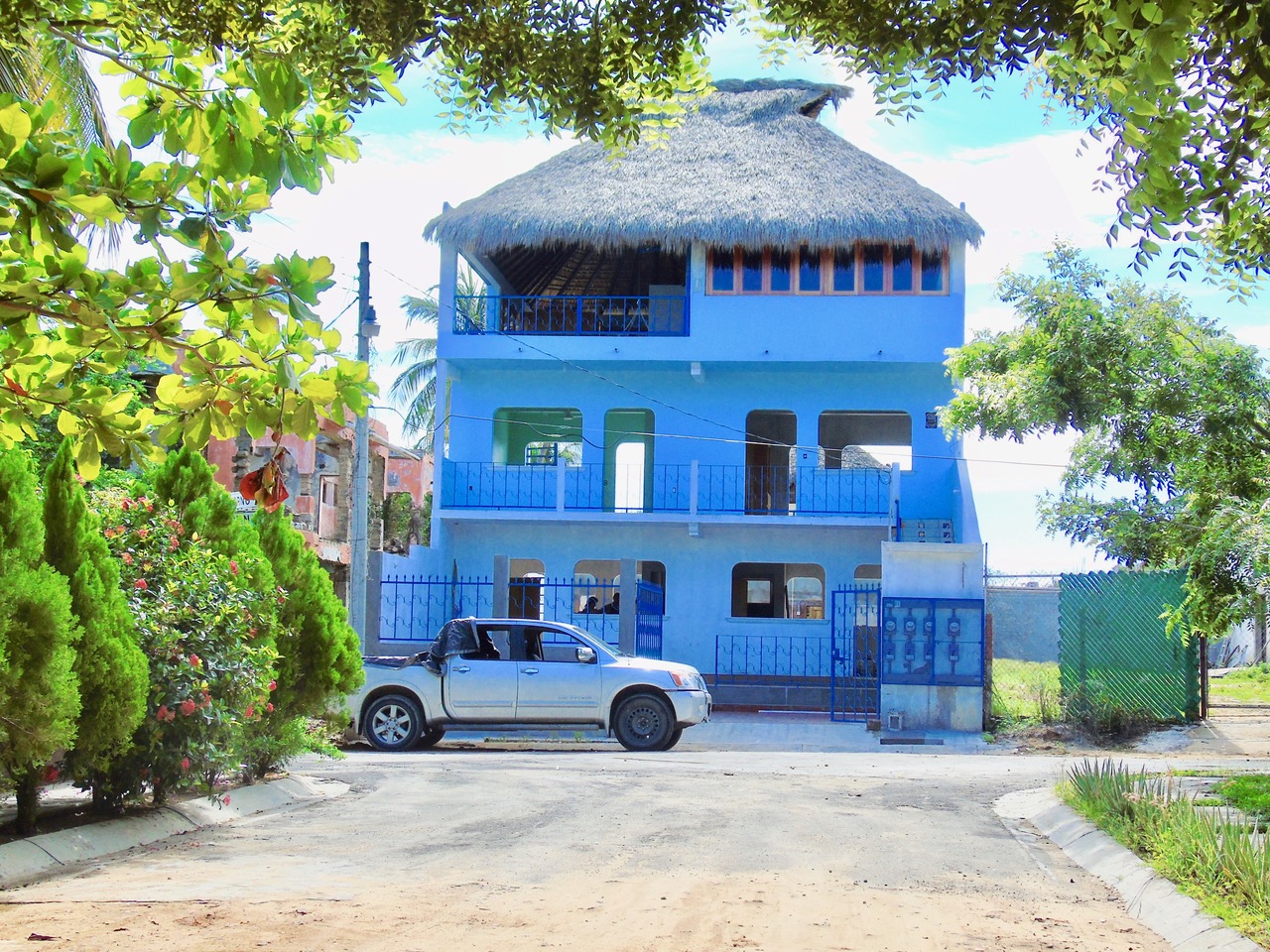
Bacocho and the newer subdivisions of Rinconada and Carrizalillo are especially popular with foreign residents because the land was part of the Federal expropriation of 1970. This means that all the lots have deeds (escrituras públicas) without which foreigners cannot get a fideicomiso (bank trust).
According to the Mexican constitution, only Mexican nationals can own land within 50 km of the coast. But foreigners can possess land inside the restricted zone through a trust administered by a bank. The trust (fideicomiso) has a 50-year duration and can be renewed. Although the bank holds the title to the property, it does not own it, nor is it responsible for liens or property taxes or irregularities that may cause the loss of the land. A fideicomiso costs around $2,500 U.S. to set up, in bank fees alone, and around $500 U.S. a year to maintain.


